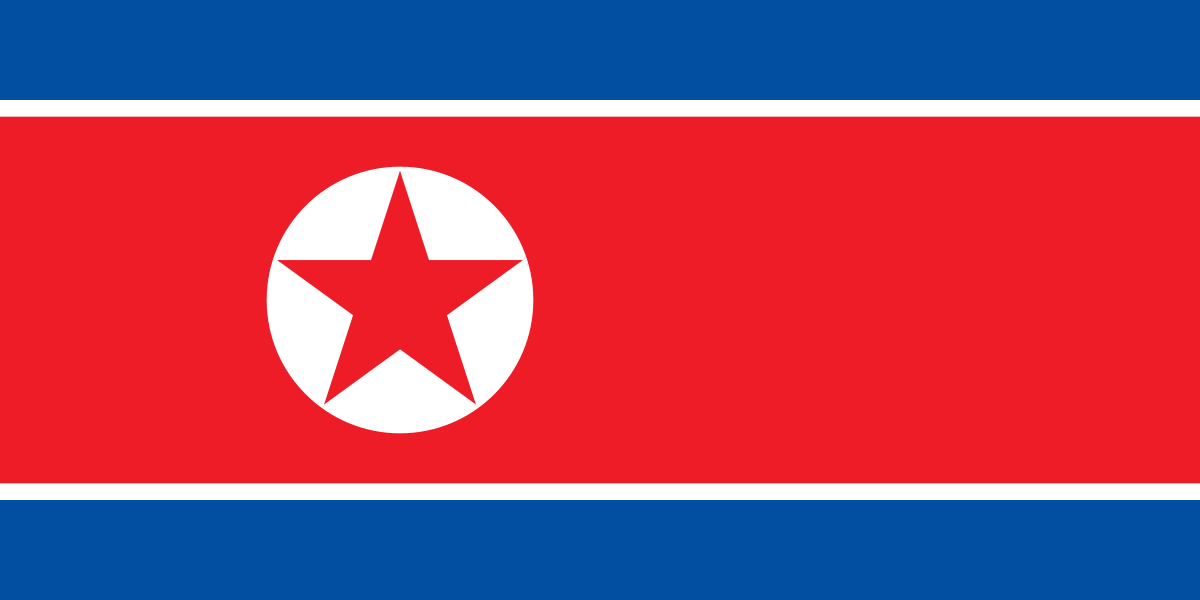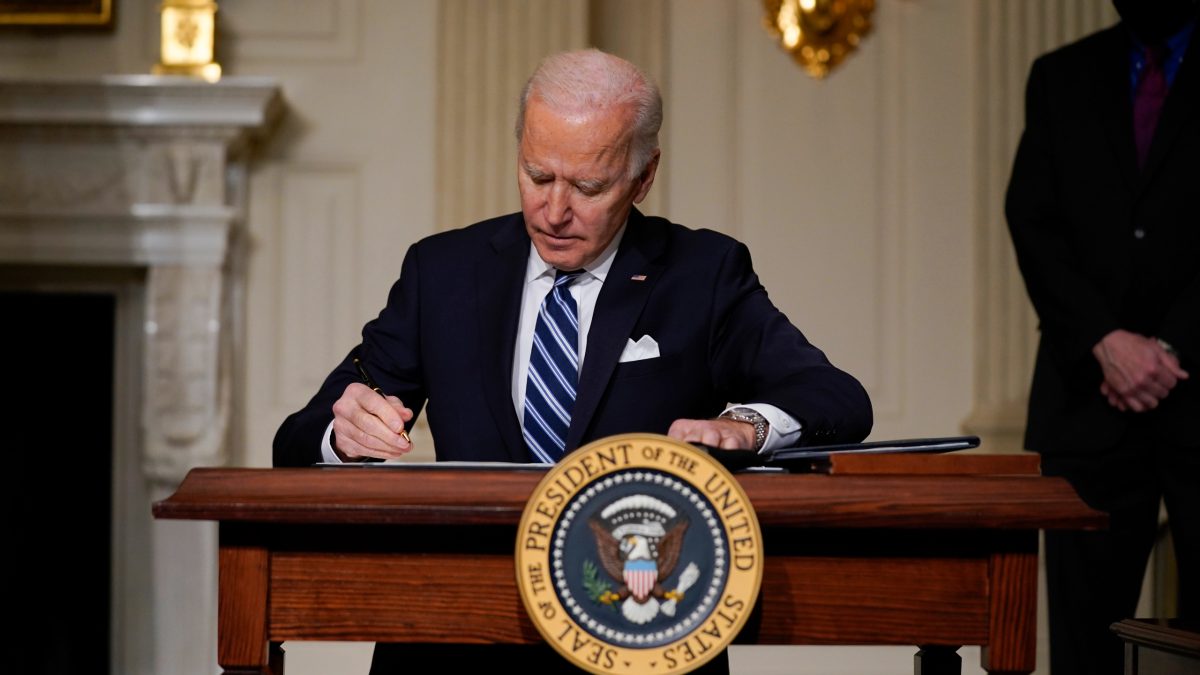North Korea and South Korea have agreed to march together for the opening ceremonies of the 2018 Winter Olympics in South Korea. This will be the first time the two countries march together since 2006 at the Winter Olympics in Turin, Italy. They also have agreed to create a joint women’s ice hockey team, which has raised controversy.
As part of the agreement for the joint march, the South has agreed to add 12 North Koreans to a 23-player roster for the Olympic games. This has upset the South Korean players, who have made the team and trained for years to get to that point but are now being simply kicked off overnight. According to an article published by USA Today, “A survey by SBS television station this month found 73% opposed a combined hockey team, including 82% disapproval among those in their 20s and 30s”. Clearly this joint team is not being received well and may end up hurting the public opinion towards the reunification efforts.
It has been twelve years since the two countries have marched together under the unification flag. The South Korean government sees it as a diplomatic victory and as a step to further unify the region. The North Korean motivations are debatable. Some people say that they actually want to try to strengthen relations with the South. Others believe it is simply an act to buy time for the development of their nuclear program, especially at a time when the sanctions imposed on the North are starting to hurt.
The biggest thing the South gave up for this to happen was the annual joint defense military exercises, which were delayed. One of the biggest concerns of US politicians is that the united effort to stop the North’s nuclear program will be weakened by this situation.
At the end of World War II, the fate of the Japanese empire was decided at Allied summit meetings. During those meetings Korea, a colony of Japan since 1910, was split in half, giving the North to Soviet Russia and the South to the United States.
Each side created a government that reflected their own ideologies, which inevitably lead to conflict along the 38th parallel, the line separating North and South. Full scale war broke out after the North invaded the South in 1950. The war reached a stalemate, and in 1953, a ceasefire was enacted. To this day, the two sides are still technically at war.
The motivation for the North’s decision to start up these talks will become clearer as time passes. In the meantime, the North and South Korean people can enjoy this step towards reunification and be distracted temporarily from the increased tension the nuclear program has brought to the region.































